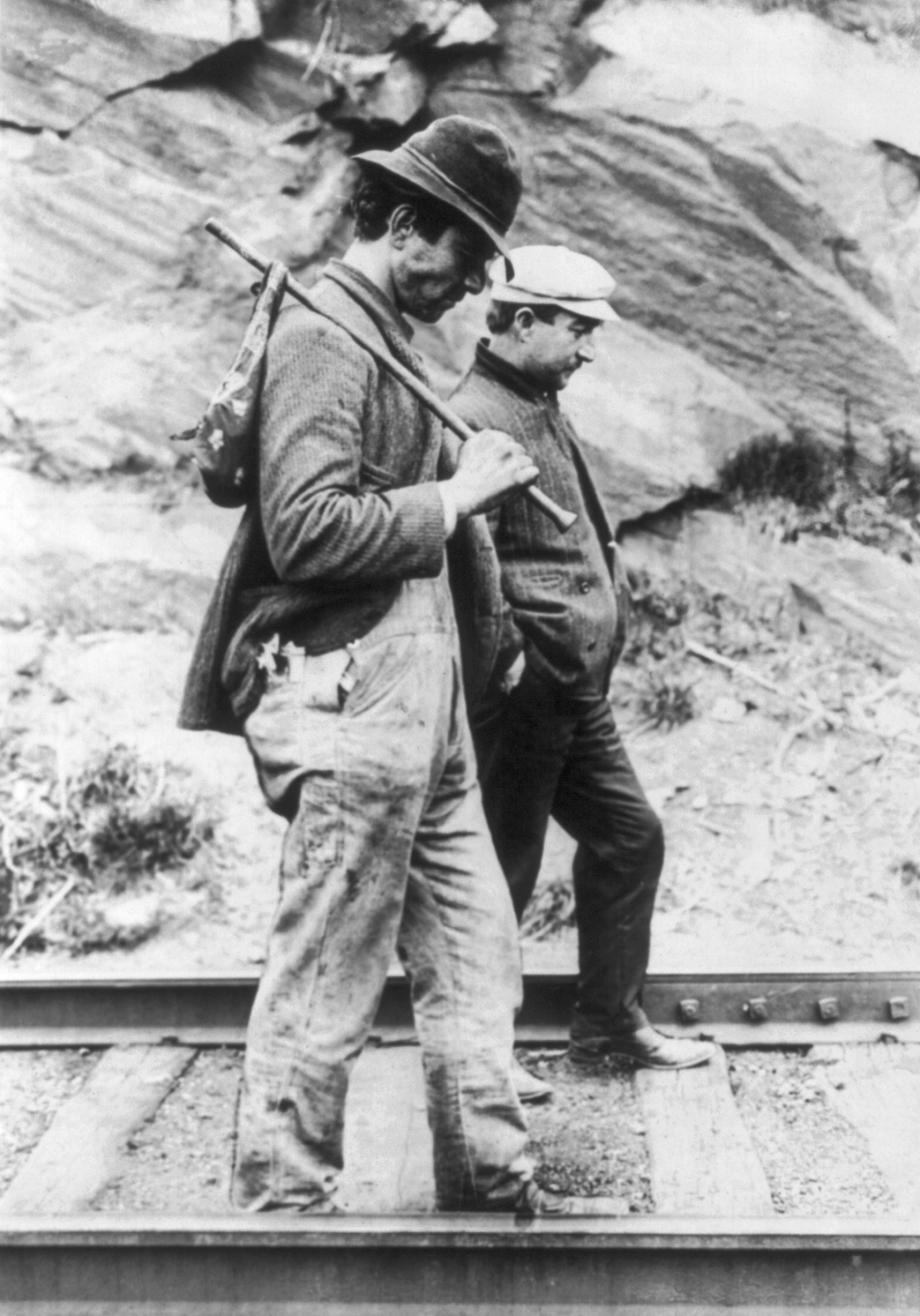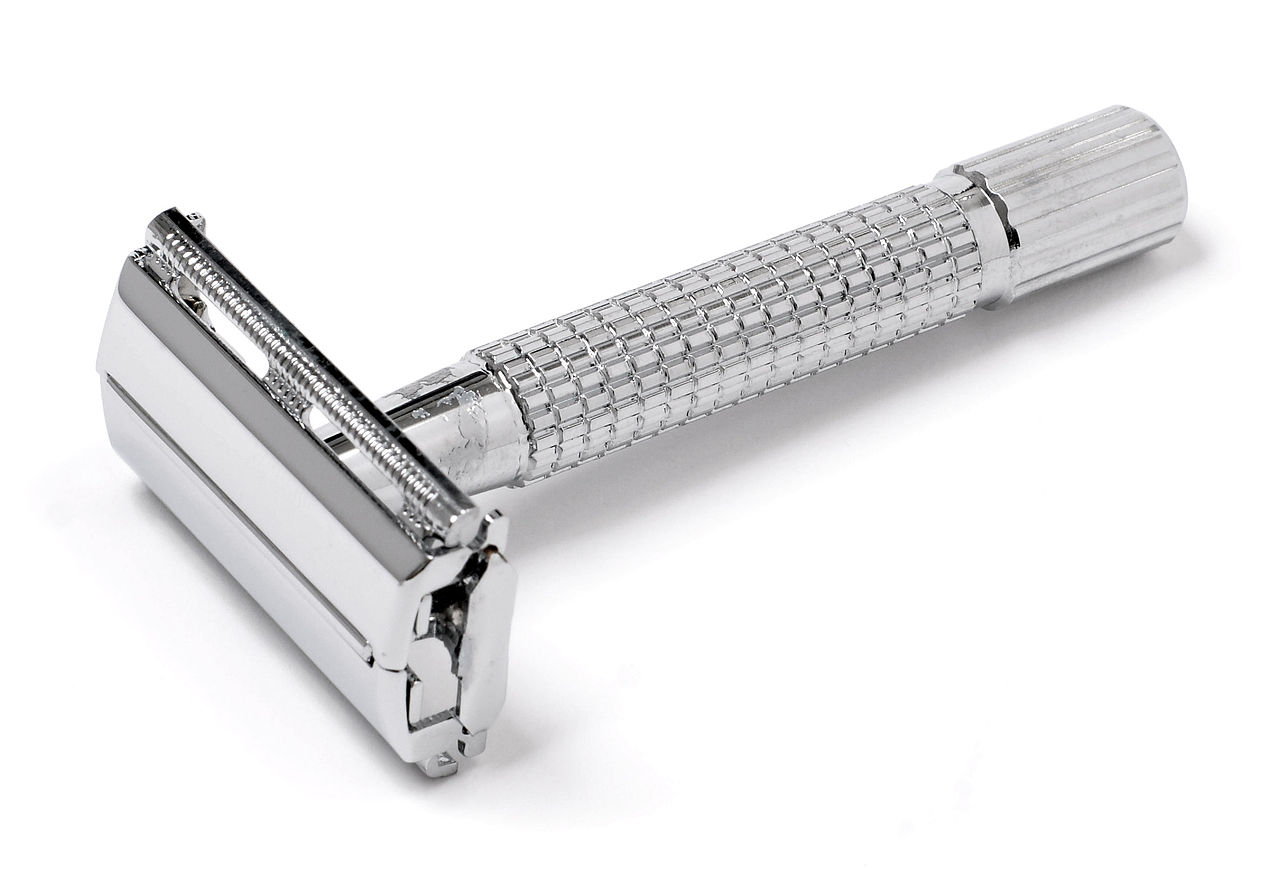
Time was, most men carried a bandana or a handkerchief (depending on whether they were country folk or city folk). Most women carried handkerchiefs too. But, somewhere along the way, cloth handkerchiefs fell out of favor and were replaced by disposable paper ones. However, I have decided that what my life was missing was a bandana, and I have decided to bring them back.
The idea began, as many good ideas do, over lunch.
While researching safety razors, I had discovered a new (to me) Zero Waste blog: Kathryn’s blog, “Going Zero Waste.” After noodling around on her blog a bit, I had gone to the archives and started reading my way through her posts chronologically.
[I have been reading Zero Waste blogs for some time, beginning with the woman who started the genre: Bea Johnson and her blog “Zero Waste Home.” Ideally, I aspire to create less and less waste until I would approach zero waste. However, my ability to live a zero waste lifestyle tends to wax and wane depending upon my health.]
Newly reinvigorated by Kathryn’s example and enthusiasm, I set out to do my grocery shopping armed with my zero waste shopping kit and my Kleen Kanteen full of drinking water. Having completed my shopping, I decided to eat out at a restaurant that uses real plates. Since I had my own water bottle, I was able to avoid the plastic disposable cup with plastic disposable straw in a paper disposable wrapper. In fact, my entire lunch was waste free except for the sandwich toothpicks (with frilly plastic decorative ends) – and the paper napkin.
Suddenly, I was determined to stop wasting paper napkins. I remembered Kathryn saying in her blog that she carries reusable straws, cloth napkins, etc. in her bag, but I’m not ready to start carrying a pic-i-nic basket with me everywhere I go. And most cloth napkins are pretty bulky to be carrying around in one’s pocket, just in case. So I pondered…and pondered…
And then I had a flash of inspiration: Bandanas! Large but thin, and *made* to be carried around in a pocket. Not only could I easily carry a bandana around with me, but it’s also multipurpose. A bandana can be a handkerchief, a napkin (not necessarily in that order), a dust mask, a head band, or even a make-shift tourniquet. *And* I could wrap up the remains of a sandwich or a generous helping of potato chips in a bandana as well, thus avoiding a disposable food carton. (Anyone else remember learning how to make a hobo sack on a stick in scouting?)

I am well pleased with my elegant (in the engineering sense of the word) solution. Bandanas are lightweight and multipurpose. I have selected some that are 100% cotton (beware! some are made of polyester these days), and intend to use them to replace disposable products such as tissue paper and paper napkins, thus saving the planet and my bank account.
There are a variety of designs, including traditional cowboy paisley, and several sizes. I have selected a traditional 22″ x 22″ size, although you can also get them in 27″ square. If you shop around a little bit, you can buy a bandana for less than $1. I call that a pretty good deal.
Why is this a health hack? 1. Less garbage. 2. Most disposable paper products are made using toxic chemicals, including bleach. 3. More money to spend on healthy food, healthy products, or to invest in a healthy savings/investment account. Financial security is very good for your health! 4. You never know when you might need an emergency tourniquet…
In fact, here’s an entire blog post on survival uses for a bandana. Awesome!
Now go and buy yourself a bandana – Tell ’em Crew Dog sent you. 😉 Might even still be time to grab some as stocking stuffers… Heck, maybe we’ll start a stampede.











